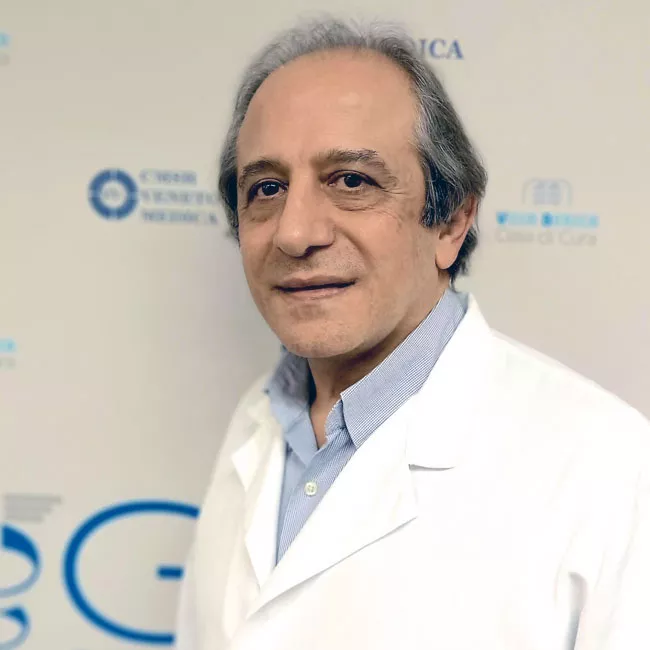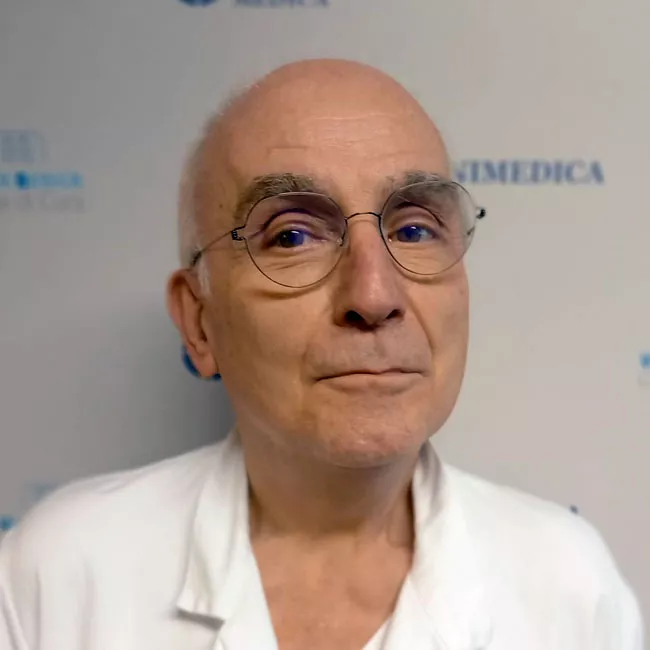Radiology is the branch of medicine that uses images (real, reconstructed, or virtual) of the inside of the human body to diagnose and treat diseases. For this reason, it is also called Diagnostic Imaging.
Among the most common tests is the study of the skeletal system, which, thanks to its density, appears very clear in the image.
Its use in orthopedics is common for diagnosis of bone fractures, dislocations, arthritis, post-operative checks and pathologies affecting the spine such as: spondylolisthesis, spondylarthritis, scoliosis.
Chest radiography is widely used to examine the lung fields (for example: for the search for tumors, looking for pneumonia, pneumothorax, pleural effusions) and of mediastinal structures such as the heart and the aortic arch.
The abdominal organs are also studied with x-ray.
To obtain radiological images of a specific anatomical part, the medical radiology healthcare technician will position the patient on a special radiological table or on a screen. X-rays are invisible ionizing radiation that gives no sensation when passing through the body. As the X-ray beam passes, it is absorbed by how dense or hollow different parts of the body are and comes out as an image that can be read by the machine.
Nowadays with digital radiography, film has been replaced by digital sensors which can convert the data to images that can be viewed on the computer. In more modern systems, an array of scintillators and CCDs are able to produce images directly.
Once the technician has done all the x-ray views prescribed, the images will be sent via the PACS system to the radiologist who will read the images and provide the report.





